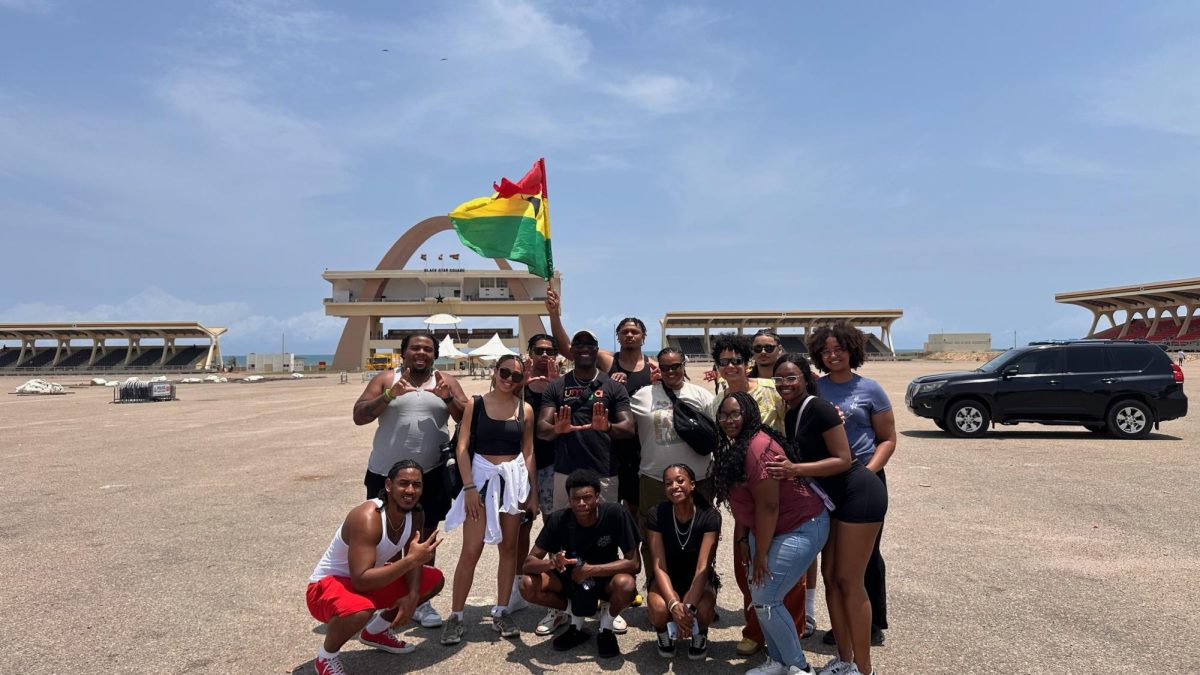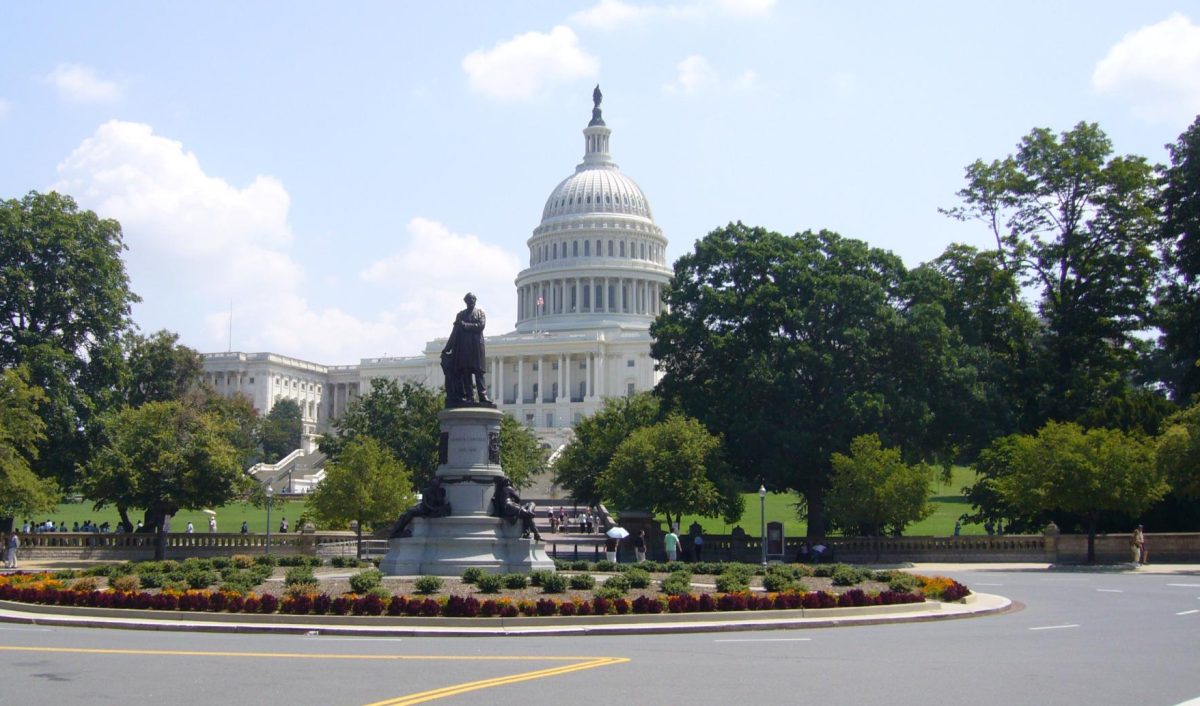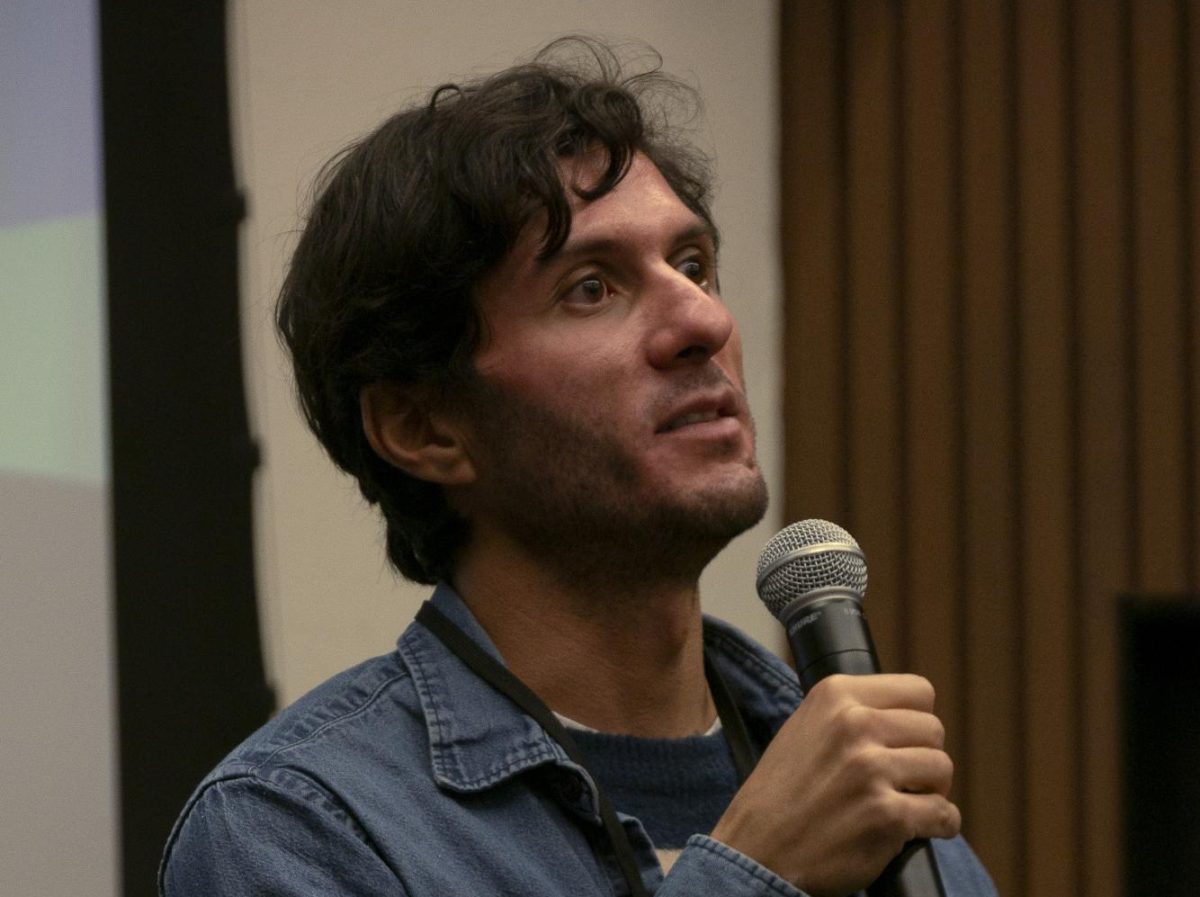“This Is Not a Drill:” What Would Happen (and How to Respond) If North Korea Nukes California
Residents of Hawaii received an emergency alert warning of an incoming missile earlier this month.
January 25, 2018
“BALLISTIC MISSILE THREAT INBOUND TO HAWAII. SEEK IMMEDIATE SHELTER. THIS IS NOT A DRILL.”
This was the emergency alert that the 1.4 million residents of Hawaii were greeted with at 8:07 a.m. on Saturday, January 13. The alert, which was ultimately a false alarm, was issued just as diplomatic tensions between the U.S. and North Korea—both nuclear powers—grew. Weeks prior, the North Korean government declared itself a fully-fledged nuclear power, leading many to fear the potential of a nuclear strike against the U.S.
Of course, the Hawaii missile alert did not bode well with those fears. Following the alert that what was likely an incoming nuclear strike from North Korea was mere minutes away, half an hour of chaos ensued. In a haphazard panic, Hawaiians drove into the mountains, fled to their homes, and desperately searched for shelter.
When a retraction of the statement was issued at 8:41 a.m., the country inevitably began to question the protocols and procedures in the occurrence of such an event. So much so, that the Senate Commerce, Science and Transportation Committee scheduled a hearing to review the country’s emergency alert systems.
A sense of urgency is especially felt here — as a populous and an economically important state, California is a likely target for a potential nuclear strike. What should Americans do in the event of an incoming nuclear strike?
The first and most obvious uncertainty relative to a nuclear strike is whether North Korea possesses an intercontinental ballistic missile capable of carrying a nuclear warhead to strike California. In November 2017, North Korea successfully tested a missile that, according to U.S. intelligence, is theoretically capable of reaching the entire continental United States. However, it is unknown whether this missile is advanced enough to serve as an effective weapon. All previous missiles tested by North Korea were not believed to be capable of striking California.
In the event that North Korea were to launch a nuclear missile at California or another target within the U.S., it would be almost immediately detected by American infrared radar. ICBMs launch with a trajectory that is initially almost straight-up, making them easily detected during this initial “boost phase.” If U.S. infrared radar does indeed detect an ICBM launch directed at the U.S., the U.S. strategic command would be instantly notified, triggering a number of responses if it deems the launch to be a threat.
The first of these responses is that the Federal Emergency Management Agency would be immediately alerted, who would then instruct the potentially affected states’ respective emergency broadcast agencies to issue an appropriate emergency alert. The alert would be immediately received through radio, television, mobile phones, and other devices –potentially saving countless lives as people would be given a brief window in which to take shelter and to carry out other preparatory measures.
Additionally, it is likely that missile countermeasures would be activated. The U.S. military currently possesses a $40 billion missile intercept system, with bases in the vicinities of Los Angeles and Anchorage. While this system has fared well in tests conducted to measure the system’s efficacy against individual missiles, it is unknown how it would respond to a flurry of North Korean missiles directed at the country. The US Strategic Command would also be able to authorize retaliatory military action, should it be deemed that such action is warranted.
Regardless of immediate action taken to counter an incoming nuclear strike, civilians should immediately take measures to protect themselves from the potentially devastating effects of a nuclear blast. The nuclear weapons currently possessed by North Korea are believed to be in the 10-50 kiloton range, more powerful than the ones used by the U.S. at the end of World War II, but far less powerful than the advanced ones possessed by other nuclear powers such as the U.S. and Russia. These weapons are potentially survivable depending on how far away and how well sheltered a given person is from the blast.
According to FEMA, one of the leading authorities on disaster preparedness, the first thing civilians should do is to resist the urge to flee from populated areas. A North Korean nuclear missile could reach California in less than half an hour, which would provide not nearly enough time to flee. Congested roads and highways would make this all the more difficult (and futile).
Rather, when an emergency alert is sent informing of a potential incoming nuclear strike, civilians would be much better served by immediately seeking shelter within a structure with as many layers of earth, concrete, and other insulative materials between it and the outside as possible.
“The heavier and denser the materials – thick walls, concrete, bricks, books and earth – between you and the fallout particles, the better,” says ready.gov, FEMA’s official disaster preparedness website concerning the prospect of a nuclear strike. “The more structural insulation, the better the protection from the immediate blast will be. Go as far below ground as possible or in the center of a tall building.”
In addition to the immediate blast of a nuclear strike, nuclear weapons spread potentially deadly ionizing radiation and radioactive particles over a wide area. FEMA recommends that shelter immediately be sought to protect against harmful radiation, and that even some shelter is better than being exposed to the radioactive fallout out in the open.
“During the time with the highest radiation levels it is safest to stay inside, sheltered away from the radioactive material outside,” according to ready.gov.
With time, the radiation dissipates, making it gradually safer to venture outside again. “Radioactive fallout poses the greatest threat to people during the first two weeks, by which time it has declined to about 1 percent of its initial radiation level,” FEMA says. “Keep listening to the radio and television for news about what to do, where to go and places to avoid.”
The prospect of a nuclear strike, from North Korea or from another rogue state, is certainly one that we can all hope will never become a reality. However, through countermeasures already in place, the emergency broadcast system, appropriate disaster response and some luck, civilians can hope to survive such an attack.






















































































Scott Lankford
Jan 27, 2018 at 11:18 pm
As we used to say in my Elementary School Duck-and-Cover Drilss, “In case of nuclear attack please take the following precautions:
1) Crawl underneath your desk
2) Put your head between your knees
3) Kiss your ass goodbye
There are no “winners” in a nuclear war. Even a limited one.